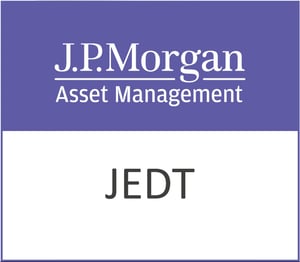Aston Martin Lagonda Global Holdings (AML.L) stands as a storied icon within the luxury automotive sector, yet its recent financial performance and market metrics present a complex picture for investors. Founded in 1913 and headquartered in Gaydon, UK, Aston Martin is synonymous with exquisite design and engineering, but its financial indicators suggest a challenging road ahead.
Currently trading at 65.65 GBp, Aston Martin’s share price has shown volatility with a 52-week range stretching from a low of 1.04 to a high of 169.00. This wide range underscores the fluctuating confidence among investors, partly reflected in the company’s substantial market cap of $614.37 million.
Analysing its valuation metrics, Aston Martin’s forward P/E ratio stands at a staggering -1,298.20, hinting at anticipated losses. This negative outlook is further compounded by the absence of a trailing P/E ratio, PEG ratio, price/book, and price/sales metrics, indicating potential headwinds in profitability and growth.
The company’s performance metrics add more layers to the narrative. Aston Martin reported a revenue decline of 0.70%, alongside an EPS of -0.39, and a concerning return on equity of -38.60%. These figures paint a sombre picture of a company struggling to convert its storied brand into financial prosperity. Additionally, a free cash flow deficit of £284 million further pressures the company’s ability to fund operations and strategic initiatives without incurring additional debt or equity financing.
On the brighter side, the analyst ratings offer some hope. With one buy and seven hold recommendations, there is a cautious optimism, reflected in a target price range of 79.00 to 175.00 GBp. The average target price sits at 108.88 GBp, suggesting a potential upside of 65.84% from the current levels, which may pique the interest of risk-tolerant investors seeking value in the luxury auto sector.
Technical indicators present a mixed bag. The stock’s RSI of 31.73 indicates it is nearing oversold territory, a potential signal for a price rebound. However, the MACD of -6.64 against a signal line of -7.18 suggests bearish momentum in the short term. Furthermore, the stock is trading below both its 50-day and 200-day moving averages, set at 86.84 and 115.91, respectively, confirming a downward trend.
Aston Martin does not currently offer a dividend, reflecting its focus on reinvestment and restructuring efforts. The payout ratio stands at 0.00%, indicating no immediate plans to return capital to shareholders through dividends.
For investors, Aston Martin represents a unique blend of luxury brand allure and financial risk. The company’s commitment to innovation and luxury remains steadfast, yet its financial metrics demand a cautious approach. The potential for significant upside is tempered by the challenges of reversing negative earnings and improving cash flow in a competitive and evolving automotive landscape.
As Aston Martin continues to navigate these turbulent times, the company’s strategies in innovation, cost management, and market expansion will be critical in determining its financial trajectory. Investors with a keen eye on luxury automotive stocks may find Aston Martin a compelling, albeit speculative, addition to their portfolios.






































